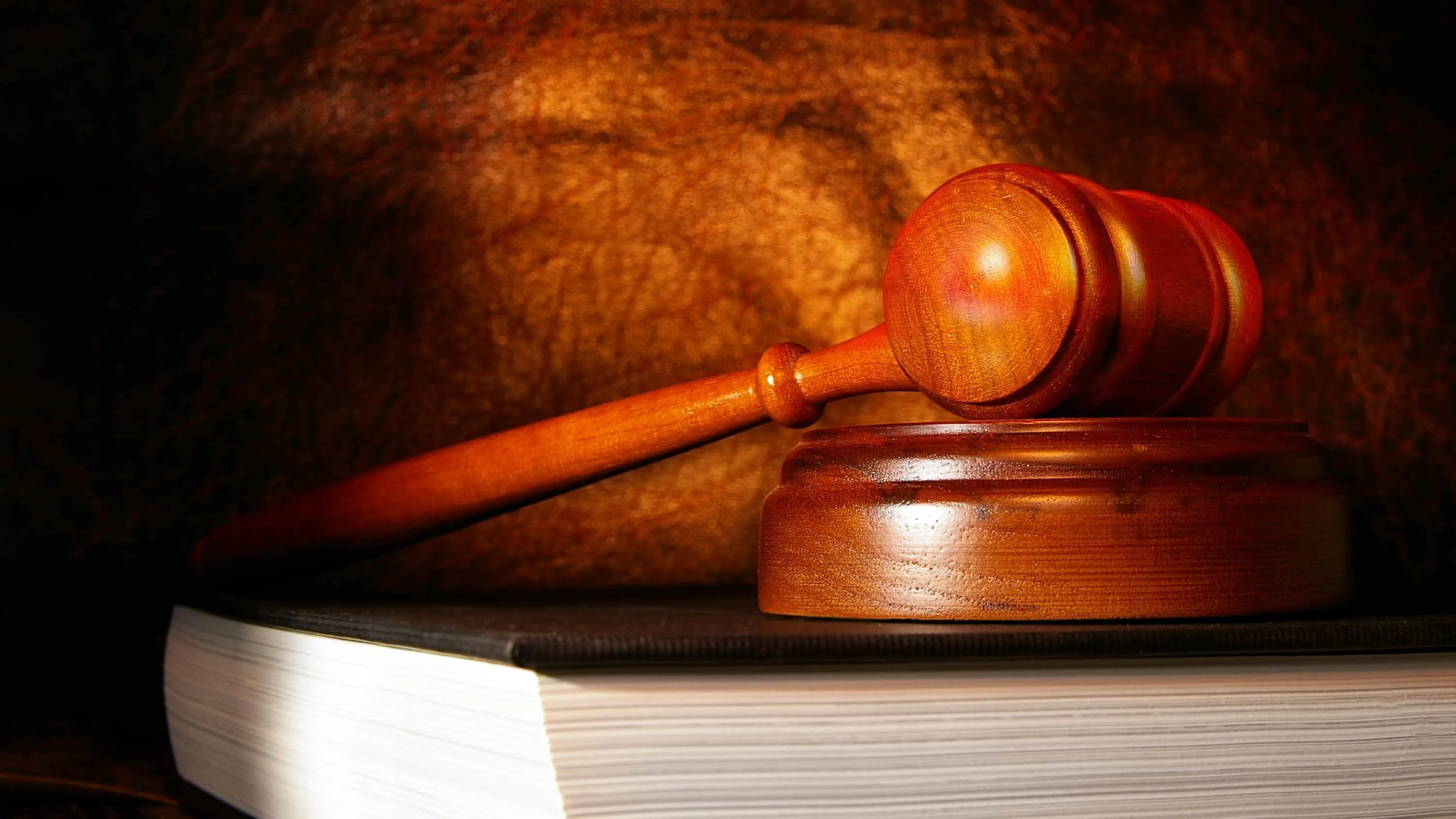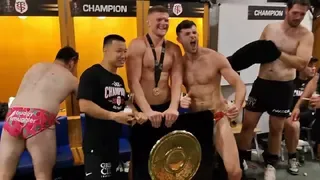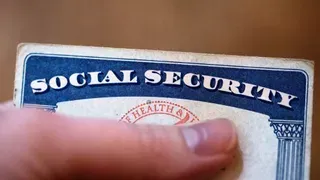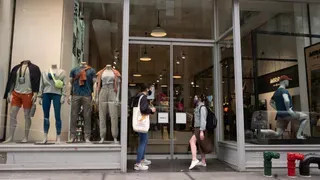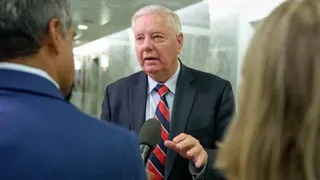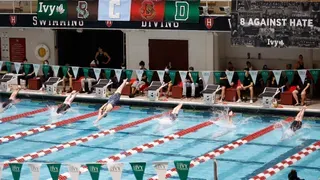November 10, 2009
Brown University exhibit highlights black gay men
Joe Siegel READ TIME: 3 MIN.
An exhibit that spotlights black gay men who live in Rhode Island opened at the John Hay Library at Brown University in Providence on Nov. 5.
The Black Lavender 2 collection includes letters, poems, and other paraphernalia of these men, who include Harry M. Williams, House Majority Leader Gordon Fox, Rodney Davis, Joe Wilson, Jr., Thomas Glave, Langston Hughes, Derek Charles Livingston, Ed Hall, Nilo Cruz and other artists, writers, singers, composers, activists, political leaders and academics.
Curator Robb Dimmick explained the purpose of the exhibit was to "explore the richness of their contributions to our culture."
The university featured a similar exhibit in 2005.
Doctor Daniel Scott, a professor of English and African American studies at Rhode Island College and a man of color himself, interviewed 16 black gay men throughout the state. he said he wanted to hear perspectives on what it was like to live as a black gay man in the state.
Scott said the "smallness" of Rhode Island came up again and again in his conversations with the men.
The men Scott interviewed came to the state from other parts of the country, mainly from Louisiana, Virginia and other Southern states.
"They came with expectations--because of larger populations of black people--that bump up against New England and Rhode Island realities," Scott wrote in an essay.
There was a sense of isolation Scott gathered from the men with whom he spoke. They found it hard to fit in and make friends with other LGBT Rhode Islanders.
"We have a more intimate community," Scott said as he further described Rhode Island. "You have to be careful about what you say and about who. It has that small town feel."
Some of the men Scott interviewed shared their difficulties of being gay and black.
"We're making more progress as a people in terms of understanding folks of different sex orientation, but our roots are still very much conservative and very rooted in very Christian, conservative values," one interviewee who was born and raised in New Orleans said. "I don't find that that's changed that much here."
Another issue of concern for black gay men is visibility, or the lack thereof, within the state's LGBT residents.
"Interviewees who had been in Rhode Island for decades remembered more people of color in the nightclubs and bars ten years ago than there are today," Scott noted.
One of those interviewed shared his insights.
"I went to Gay Bingo Thursday night; there had to be 350 people there, and I saw one black gay guy other than myself," he said. "Whenever I go to a public place, I always look to see how many faces of color I see. And it's always few and far between, and I just don't understand it."
An essay by Julius Sokenu, who lived in Providence from 1994 until 2007, includes further observations and even recommendations.
"The common consensus among those I interviewed is that for the black gay male community to flourish in Rhode Island there needs to be dialogue between the academics and the indigenous gay men and women," he wrote. "There must be intergenerational mentoring so that leaders are developed and a human resource infrastructure is home grown."
There was a social group for black gays and lesbians and their friends known as B5. The group, which met from 1990 until 1996, was named in honor of Bessie Smith, James Baldwin, Bayard Rustin, Billie Holiday, and Gwendolyn Bennett.
"It was an opportunity for Black gays and lesbians of many different walks of life to meet once a month over brunch and to look at each other and say, "Okay, you're still here... I'm not all alone." It was an affirmation.... and brunch," Scott wrote.
Black Lavender--Gay Black Men in Rhode Island, exhibit runs until Jan. 8 at the John Hay Library at Brown University.
Joe Siegel has written for a number of other GLBT publications, including In newsweekly and Options.
